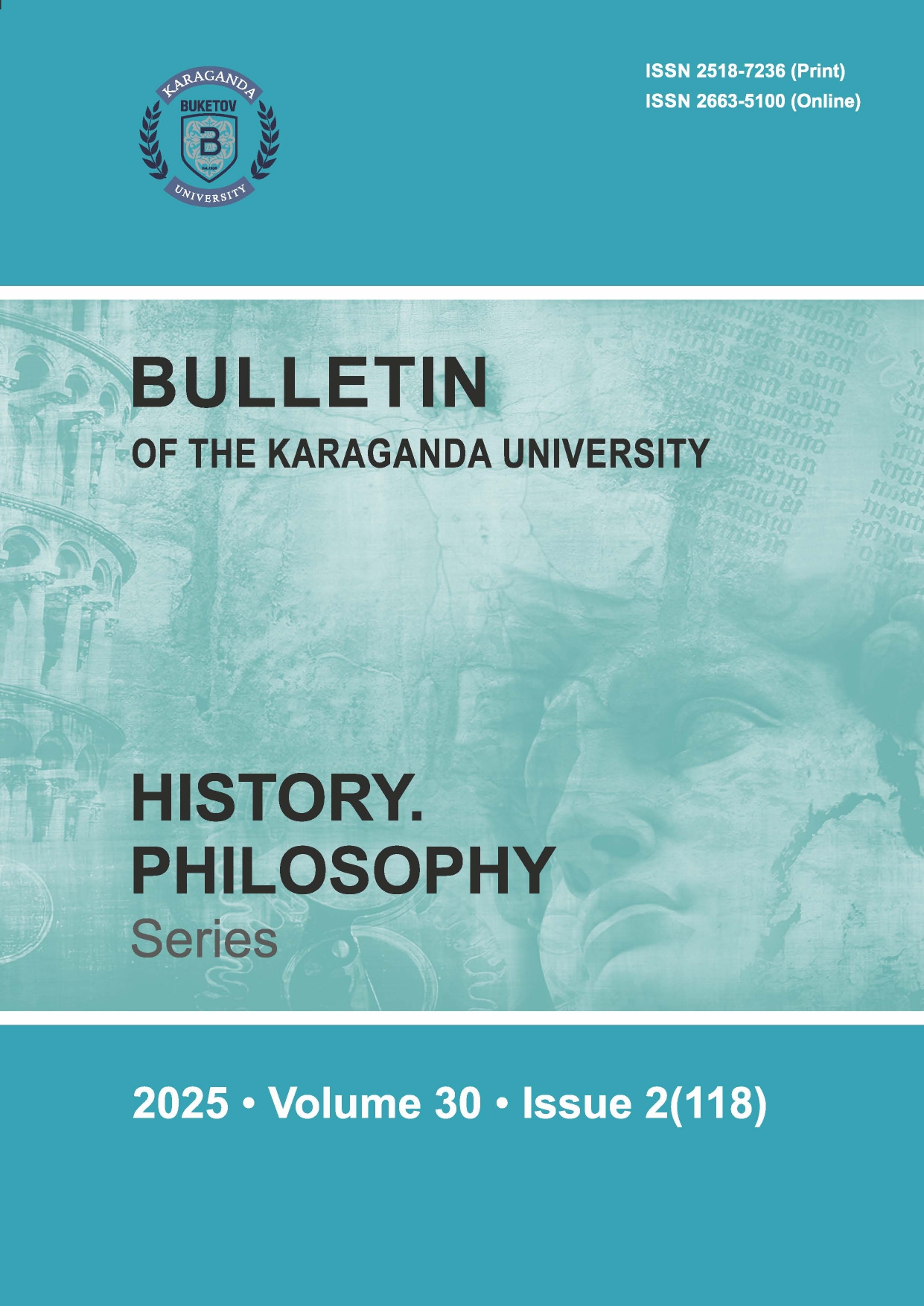The History of the Deportation of Germans to the Aktobe Region (1941–1943)
DOI:
https://doi.org/10.31489/2025hph2/89-98Keywords:
repression, autonomy, deportation, echelon, special settlers, labor column, Aktobe, Corrective Labor Camp, Kempirsai, campAbstract
The article examines the history of the deportation of Germans to the Aktobe region. Soviet Germans are one of those peoples who have experienced the consequences of repressive policies because of their ethnicity. On the basis of local archival data, various published documents and local history materials, the stages of resettlement of Germans-special settlers to the region, their number, age and gender composition, their placement by districts and social and household arrangement were analyzed. Several categories of Germans arrived in Kazakhstan as special settlers. They were mostly German families deported from all over the USSR, as well as Germans of various categories mobilized in labor columns. Representatives of German nationality captured from liberated European countries (interned Germans) were also forcibly mobilized into labor columns. All of them worked at large construction sites, production facilities operating in the region. These construction sites, which were subdivisions of the Aktobe correctional labor camp, actually functioned as separate camps. The article provides the number of Germans in this camp, analyzes their working
conditions and other issues. The author also noted that deported Germans had been subjected to secondary repression in new places of settlement. This was manifested in the separation of family members, forced mobilization for labor, sentences on various false charges to capital punishment or a long term of imprisonment. Also, archival documents indicate that representatives of German nationality, who previously lived in the Aktobe region, who did not belong to the category of special settlers, were under special registration and strict control.




